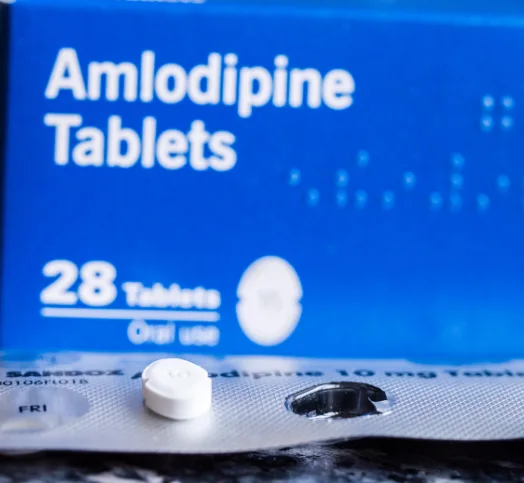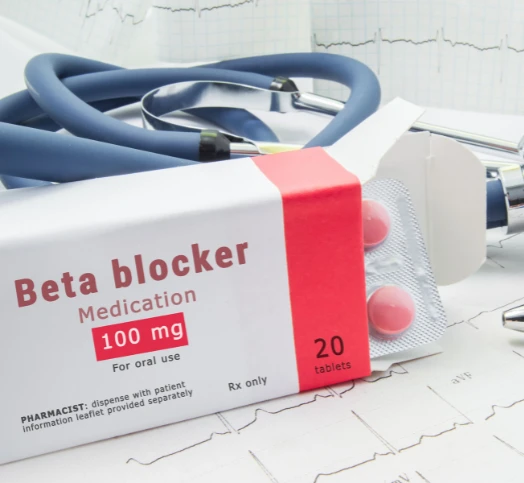When first-line therapies for angina, such as beta blockers, calcium channel blockers, and nitrates, prove inadequate or are not well-tolerated, second-line therapies may be considered.
Perhexiline is a unique medication that enhances the heart's ability to utilize fatty acids for energy, reducing its reliance on oxygen and lowering oxygen demand. This action helps improve blood flow and alleviates chest pain in some patients with refractory angina.
Nicorandil is another second-line option with a dual mechanism of action. It opens potassium channels in smooth muscle cells, causing vasodilation and enhancing coronary blood flow. Additionally, nicorandil also stimulates nitric oxide release, further dilating blood vessels and reducing heart workload.
Trimetazidine is an anti-ischemic agent that improves cardiac efficiency by enhancing glucose metabolism and shifting the heart's energy production to a more oxygen-efficient process. As second-line therapies, these medications offer alternative approaches for managing angina in individuals who do not respond adequately to first-line treatments or those experiencing side effects from other medications.

When a Slow Heart Rate is Not Normal: Understanding Bradycardia
Bradycardia is a slow heart rate, usually defined as fewer than 60 beats per minute. While a slow heart rate can be normal in certain individuals, it can also be a sign of an underlying medical condition. Recognizing the signs of bradycardia is important in order to identify and treat any potential health problems.










